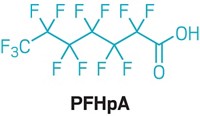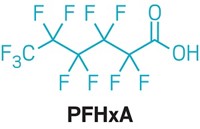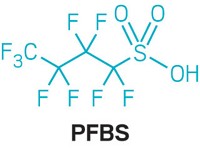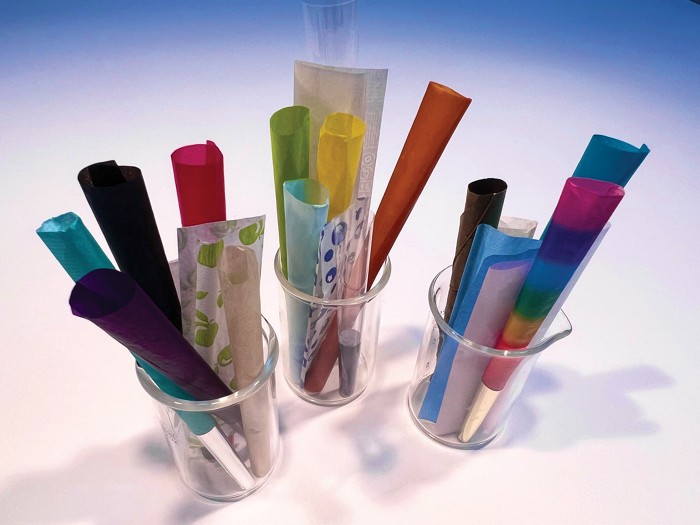Advertisement
Grab your lab coat. Let's get started
Welcome!
Welcome!
Create an account below to get 6 C&EN articles per month, receive newsletters and more - all free.
It seems this is your first time logging in online. Please enter the following information to continue.
As an ACS member you automatically get access to this site. All we need is few more details to create your reading experience.
Not you? Sign in with a different account.
Not you? Sign in with a different account.
ERROR 1
ERROR 1
ERROR 2
ERROR 2
ERROR 2
ERROR 2
ERROR 2
Password and Confirm password must match.
If you have an ACS member number, please enter it here so we can link this account to your membership. (optional)
ERROR 2
ACS values your privacy. By submitting your information, you are gaining access to C&EN and subscribing to our weekly newsletter. We use the information you provide to make your reading experience better, and we will never sell your data to third party members.
Consumer Safety
EU regulators eye 34 bisphenols for restriction
by Britt E. Erickson
April 16, 2022
| A version of this story appeared in
Volume 100, Issue 13

At least 34 of 148 bisphenols need to be regulated because of their reproductive toxicity and endocrine effects, a study by the European Chemicals Agency (ECHA) and European Union member states concludes. That number could grow as new data are generated because many bisphenols lack data to assess such effects in people and the environment, ECHA says in a statement. Bisphenols are used to make polycarbonate plastics and epoxy resins. They are also found in thermal paper, inks and coatings, adhesives, and textiles. ECHA previously classified three bisphenols—bisphenol A, bisphenol B, and 2-bis(4′-hydroxyphenyl)-4-methylpentane (also known as 4,4′-isobutylethylidenediphenol)—as substances of very high concern. The other bisphenols targeted for regulatory action include bisphenol C, bisphenol F, and bisphenol S, and their derivatives. Bisphenol AF and its eight salts, which are considered per- and polyfluoroalkyl substances (PFAS) under the Organisation for Economic Co-operation and Development’s definition, are also identified for restrictions. ECHA plans to propose specific restrictions if they are still needed depending on the outcome of an upcoming German proposal to restrict bisphenols and after planned EU regulations on PFAS are in place.







Join the conversation
Contact the reporter
Submit a Letter to the Editor for publication
Engage with us on Twitter